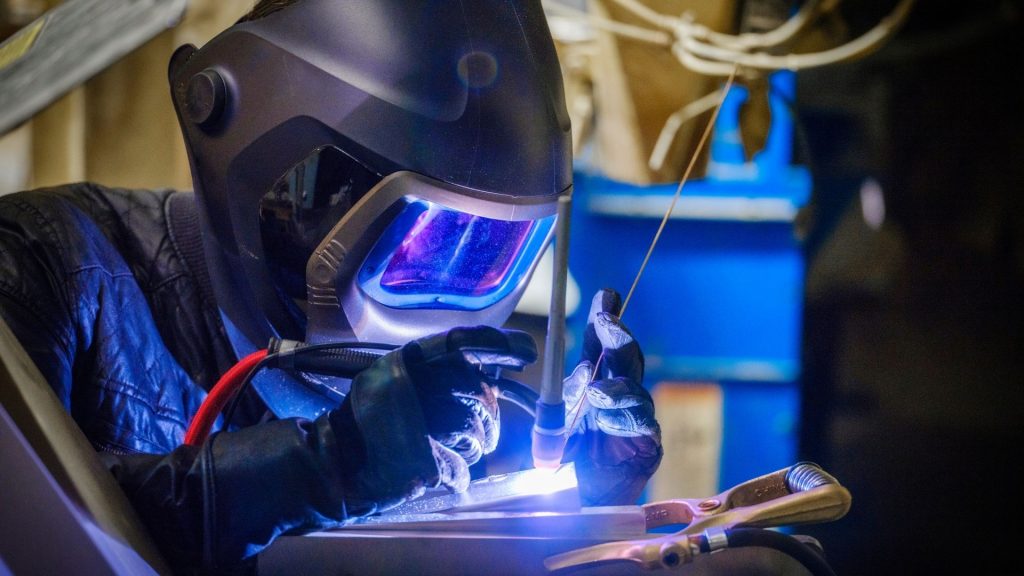
TIG welding, also known as tungsten inert gas welding, is a versatile and high-quality welding process. Understanding its advantages, disadvantages, associated costs, and additional insights is crucial for both beginners and experienced welders.
Tungsten Inert Gas (TIG) welding finds application in various industries and situations due to its precise and high-quality welding capabilities. Here are some common scenarios where TIG welding is frequently used:
- Aerospace and Automotive Industries: TIG welding is popular in industries that require high-quality welds on materials such as aluminum and stainless steel. It’s commonly employed in the production and repair of aircraft, spacecraft, race cars, and high-end automobiles due to its ability to create clean and durable welds.
- Fabrication of Thin Materials: TIG welding is suitable for thinner materials where precision and aesthetics are paramount. It is often preferred for welding projects involving thin gauge metals, such as in the production of bicycles, motorcycles, or ornamental metalwork.
- Pipe Welding: TIG welding is utilized in piping systems, particularly in industries such as petrochemicals, food processing, and pharmaceuticals, where cleanliness and precision welding without spatter are crucial.
- Welding Exotic Metals: Given its versatility, TIG welding is preferred for welding exotic metals like titanium, copper, and magnesium, as it offers greater control over the weld’s quality and properties.
- Artistic Applications: Artists and sculptors often use TIG welding due to its ability to produce aesthetically pleasing, clean, and high-quality welds without compromising the appearance of the finished product.
- Welding on Site: TIG welding can be utilized for on-site repairs or welding in locations that demand a high level of precision, especially where appearance matters, such as architectural welding or specific repairs in sensitive environments.
TIG welding’s precise control over the welding arc, along with its ability to create clean and visually appealing welds, makes it a preferred choice in various industries and applications where high-quality and aesthetically pleasing welds are required.
Pros:
- Precision: TIG welding offers precise control over the heat input, resulting in high-quality welds.
- Clean Welds: This process produces clean and visually appealing welds, making it ideal for applications where aesthetics are important.
- Versatility: TIG welding can be used on a wide range of metals, including stainless steel, aluminum, copper, and more.
- No Sparks or Splatter: Unlike some other welding methods, TIG welding produces minimal sparks and no spatter, creating a safer working environment.
Cons:
- Complex Technique: TIG welding requires more skill and practice compared to some other welding methods due to the need for simultaneous control of the torch, filler material, and foot pedal.
- Slower Speed: The process is generally slower than other methods, which might not be ideal for high-production jobs.
- Limited for Thick Material: While TIG welding is versatile, it may not be as efficient for thicker materials, as it typically requires multiple passes.
Cost: The cost of TIG welding can vary based on several factors, including the type of metal being welded, the equipment used, labor costs, and the welding project’s scale. Generally, TIG welding equipment is more expensive compared to some other welding methods due to its complexity and precision requirements.
In summary, TIG welding is an excellent choice for applications that demand high-quality, precision welds, particularly on thinner metals and where aesthetics are crucial. However, it requires skill and may not be the fastest option for high-volume production. Understanding these aspects is essential for making informed decisions when selecting a welding method.
